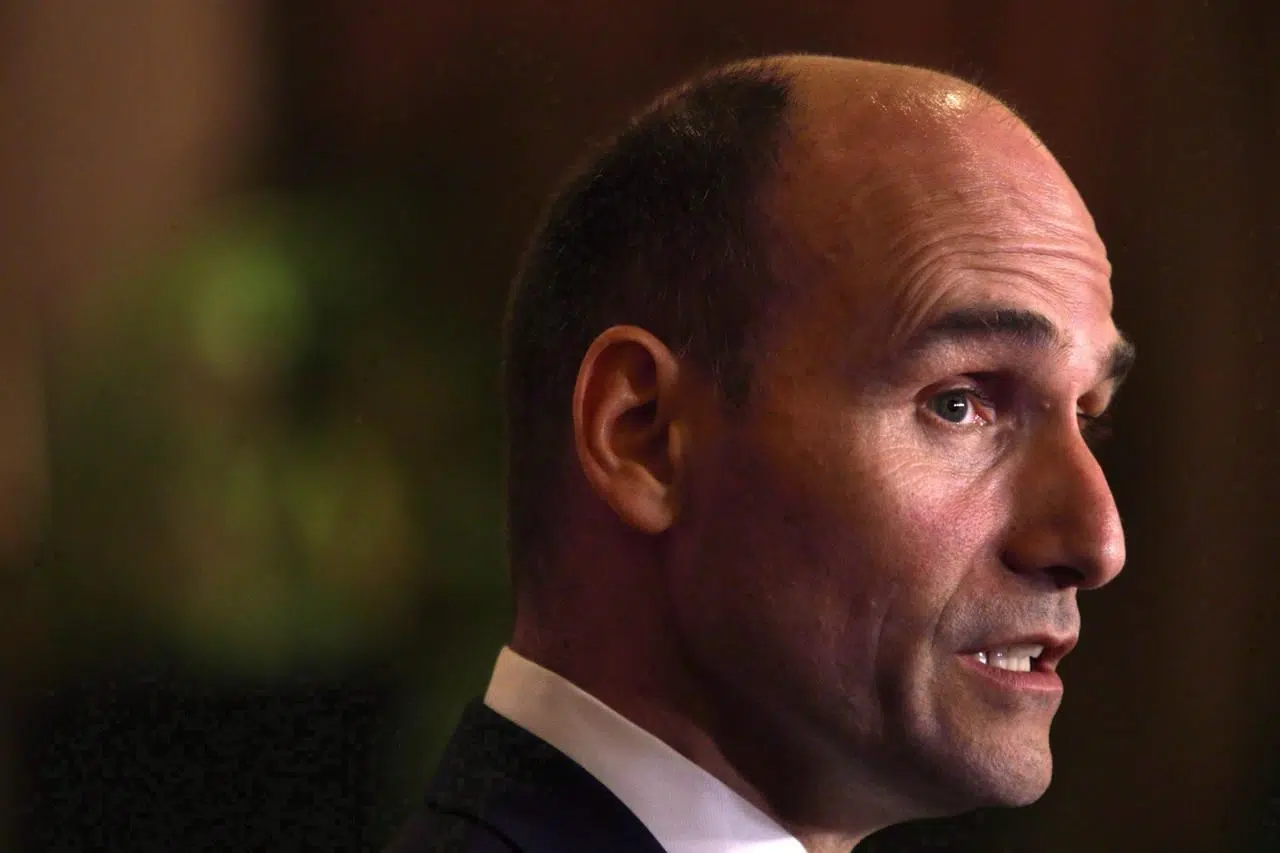
Liberals unveil poverty plan with lofty goals, but no new spending programs
OTTAWA — The Liberal government lifted the veil on what it billed Tuesday as a bold plan to strike a blow against poverty across Canada by the end of the next decade — but the plan is absent any new spending or policy proposals that would help slash low-income rates by the year 2030.
Instead, the 115-page plan provides a list of programs and policies the Liberals have enacted since coming to power in 2015, linking them to an ongoing federal effort to beat back poverty rates.
The government estimates existing and planned social spending will lift 650,000 people out of poverty by 2019 over 2015 levels, and that by 2020, poverty rates would be 20 per cent lower than 2015 figures — roughly 900,000 fewer people living below the income threshold.
The strategy document, entitled “Opportunity for All,” promises a further cut over the ensuing decade, reducing 2015 rates by half by the year 2030 — a historic level that would equate to 2.1 million people having been lifted out of poverty over a 12-year window.
